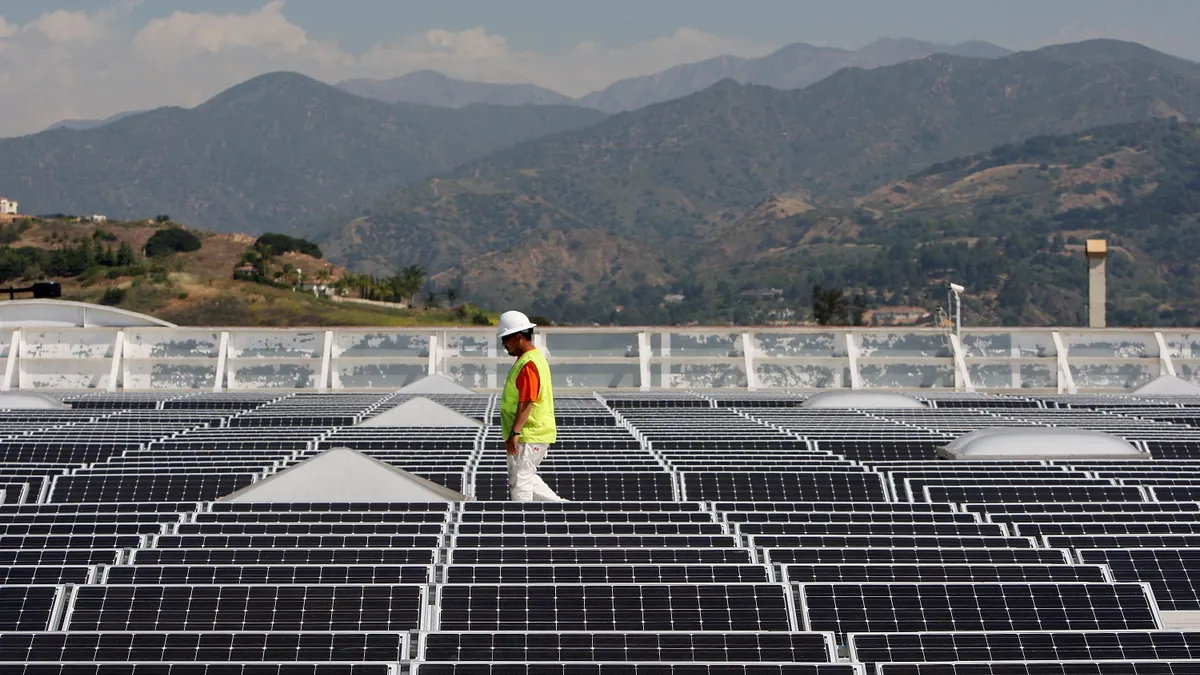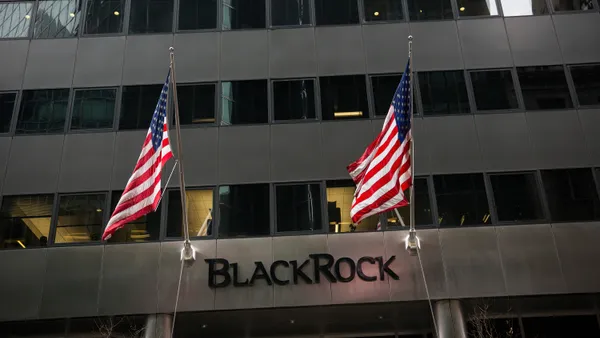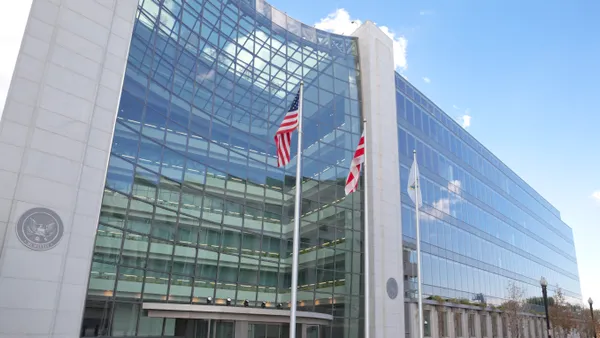Dive Brief:
- The U.S. Department of the Treasury issued guidance Thursday that modifies the Inflation Reduction Act’s 10% domestic content bonus credit to extend the credit’s application to hydropower and pumped hydropower storage facilities, and alters the definition for qualifying solar projects.
- It also creates a new elective safe harbor for calculating the domestic cost percentage in an applicable project, providing project developers with classifications and cost percentages they can use to calculate whether the manufactured products and product components used in a project make it eligible for the tax credit — instead of needing to rely on data provided directly by the manufacturer.
- The “applicable project” categorization from solar has been changed from “utility-scale photovoltaic system” to “ground-mount and rooftop photovoltaic system,” clarifying which solar projects can access the credit.
Dive Insight:
“Having clear rules of the road is critical for companies seeking to invest in America’s clean energy future,” American Council on Renewable Energy President and CEO Ray Long said in a release. “ACORE appreciates the improvements that were made to the initial guidance, which our analysis over the last year has shown should help facilitate a swift and sustained transition to domestic manufacturing.”
Long said that the new safe harbor provision was of particular note, as it aims to “remove unnecessary burdens on taxpayers by allowing them to reference default cost percentages.”
An applicable project’s eligibility for the credit is calculated by dividing the cost of domestically manufactured products and components by the total cost of a project’s manufactured products. The resulting “domestic cost percentage” has to meet the Internal Revenue Service’s requirements for a project to qualify for the credit.
For projects where construction began before 2025, that domestic cost percentage must be 40% or greater to qualify for the credit. For projects where construction begins after 2026, the requirement jumps to 55%. In the case of an offshore wind facility, the current requirement is 20% if construction began before 2025, but jumps to 55% for facilities where construction begins after 2027.
The IRS’s notice also requests comment on the guidance modification, asking for input on what other technologies “or technology subsets” should be addressed by the guidance, and if so, what criteria should be used for new additions and how often should that criteria be updated.
Furthermore, the request asks if there are any instances in which the “nameplate capacity allocation approach ... for calculating domestic content for a mix of foreign and domestic manufactured product components should be clarified,” and if so, how cost percentages should be allocated when dealing with a mix of foreign and domestic components.
The Department of the Treasury issued initial guidance for the domestic content bonus credit last May, and has yet to finalize that guidance.
Solar Energy Industries Association President and CEO Abigail Hopper said that “added clarity on the domestic content bonus credit has been a top SEIA priority because it’s crucial to give manufacturers the certainty they need to invest in American communities.”
Hopper said that the industry appreciates the administration’s approach “to making sure this bonus credit helps downstream manufacturers in the near term as we ramp up production of upstream components over the next several years,” and commended it on “taking initial steps to clarify how residential and commercial installations can qualify for these incentives.”













